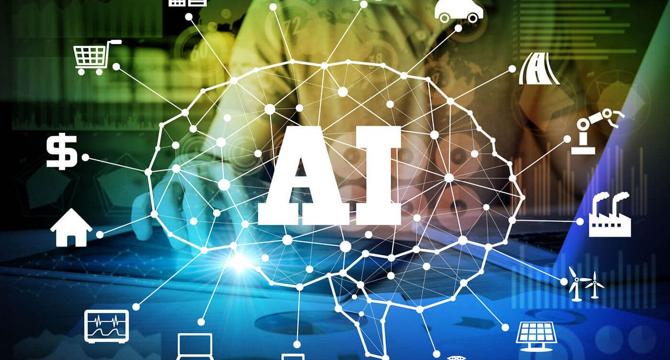Medium
1d
355

Image Credit: Medium
What is Artificial Intelligence (AI) and How Does it Work
- Artificial Intelligence (AI) has a long history, with roots dating back to ancient times when humans fantasized about objects with human-like reasoning powers.
- In the 1940s, significant developments in AI emerged, with figures like John Von Neumann and Warren McCulloch contributing to the field.
- The 1950s marked pivotal moments with Alan Turing's 'Turing Test' and the creation of the first AI program, Logic Theorist.
- The 1950s and 1960s saw advancements like General Problem Solver (GPS) and the Lisp programming language in AI.
- The 1970s and 1980s experienced a slowdown in AI research, but the 1980s brought hope with deep learning techniques and expert systems.
- Since the 1990s, AI has rapidly developed, showcasing achievements like IBM's Deep Blue defeating Garry Kasparov and Watson dominating Jeopardy.
- AI today utilizes machine learning (ML) and natural language processing (NLP) to excel in various fields, from education and healthcare to technology and manufacturing.
- AI systems analyze data, identify correlations, and predict future patterns, all based on cognitive processes that enable decision-making.
- AI is distinguished from cognitive computing, with the former simulating human intelligence independently while the latter aids humans in decision-making.
- AI benefits include quick data processing, enhanced accuracy, and efficiency surpassing human capabilities in certain tasks.
- The article explores different types of AI like Narrow AI, General AI, and Super AI, emphasizing the increasing role AI plays in daily life applications.
Read Full Article
21 Likes
For uninterrupted reading, download the app